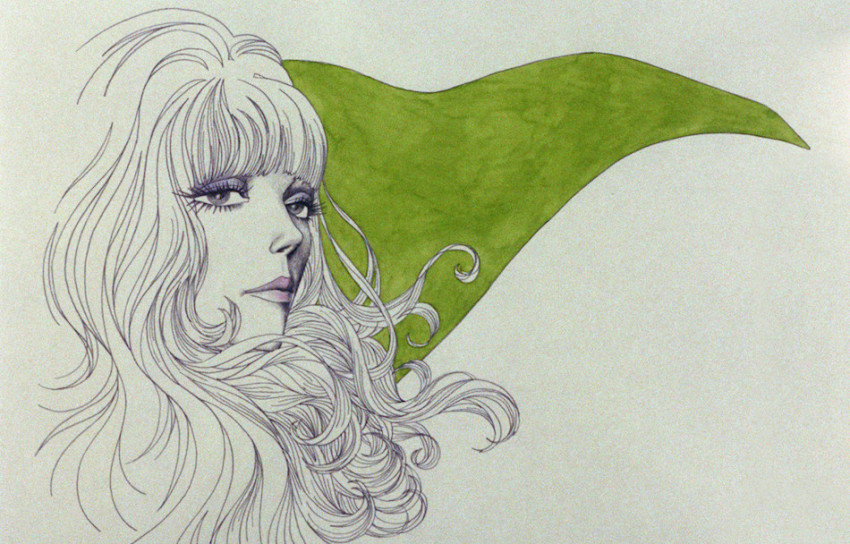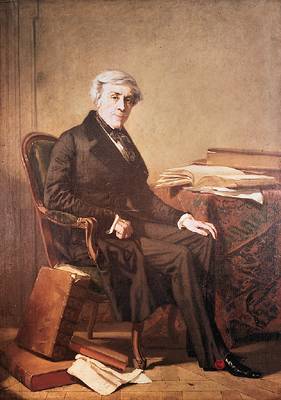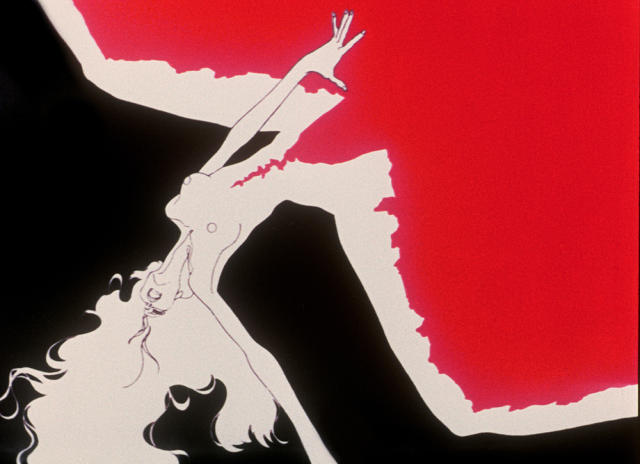Sex, Satan & Psychedelia
June 23, 2017 · 0 comments
By Helen McCarthy.
 Belladonna of Sadness, the last film from Osamu Tezuka’s groundbreaking studio Mushi Pro, crashed and burned soon after the studio itself. It failed at the Japanese box office, and made little impression on the world outside Japan. French film journal Les Cahiers du Cinema recently hailed it as “the hidden treasure of Japanese animation,” but, in truth, the film wasn’t so much hidden as trashed.
Belladonna of Sadness, the last film from Osamu Tezuka’s groundbreaking studio Mushi Pro, crashed and burned soon after the studio itself. It failed at the Japanese box office, and made little impression on the world outside Japan. French film journal Les Cahiers du Cinema recently hailed it as “the hidden treasure of Japanese animation,” but, in truth, the film wasn’t so much hidden as trashed.
And yet… Belladonna is an almost perfect visual summary of the feminine side of 1970s artistic counterculture. The psychedelic movement of the 1960s had generated a tidal wave of popular art on everything from album covers and advertising graphics to rave fliers. In 1968 the Beatles’ movie Yellow Submarine, Jean-Claud Forest’s comic Barbarella, and Roger Vadim’s film version, created a perfect storm of psychedelia around the world.
Paradoxically, it was this florid style that helped Yamamoto’s cash-strapped creative team make a movie with a visual impact far beyond its budget. Many of the frames are stripped back, with atmospheric and cost-cutting white space, unadorned lines, animation often more limited than even the most basic episode of Mushi’s early TV triumph Astro Boy. But youth culture was on Yamamoto’s side. Where he uses backgrounds, they are trippy to the point of intoxication. His heroine is a wide-eyed, long-haired dolly-bird whose avatars had already colonised fashion pages and movies worldwide from Barbarella to Blow-Up. This was a film, not just for adults, but for radical artistic adults.
Outside Japan in 1973, the situation for adult animation was encouraging. Ralph Bakshi’s Heavy Traffic and Rene Laloux’s Fantastic Planet both enjoyed critical and financial success. The audience appetite was obviously there and the key to tapping it lay in foreign distribution. Belladonna had the cultural and historical pedigree, as well as the artistic strength, to make the leap to foreign distribution. Its failure is baffling.
 In many ways, it was the ultimate counterculture movie, with historical links to feminism and revolution in its DNA. Its source was a fictionalised history of witchcraft, La Sorciere by writer and academic Jules Michelet (pictured), published in his native France in 1862. An English translation by L. J. Trotter appeared in 1863 under the title La Sorcière: The Witch of the Middle Ages.
In many ways, it was the ultimate counterculture movie, with historical links to feminism and revolution in its DNA. Its source was a fictionalised history of witchcraft, La Sorciere by writer and academic Jules Michelet (pictured), published in his native France in 1862. An English translation by L. J. Trotter appeared in 1863 under the title La Sorcière: The Witch of the Middle Ages.
The book draws more on Michelet’s radical imagination than on historical sources, seeing medieval witchcraft as an act of female-led rebellion against the twin oppressors of feudalism and the Catholic Church. This chimed well with the social and political sensibilities of the 1960s and 1970s. Left-wing thinkers exploring new social and cultural ideas, in Japan as in the West, embraced Michelet’s emphasis on woman as a revolutionary force against the masculinised military-industrial combine.
There are obvious resonances in Michelet’s work and in Belladonna with the brief life and trial of Joan of Arc, a dangerous teenage radical or a French national heroine, depending on your point of view. The English, with the enthusiastic collaboration of Joan’s countrymen, burned her at the stake as a witch in 1431. Belladonna’s lead character, Jeanne, is named after that girl whose unearthly voices moved her to defy the established social order. Their fates are similar. Beyond Belladonna’s hippy-trippy visuals and graphic tricks to stretch a tiny budget to feature film proportions, there is a political agenda that uses sexuality as a metaphor for self-determination, and is not afraid to show how it can be trivialised, idolised, betrayed and abused.
Japan’s other animated movies of 1973 were very different: Yugo Serikawa’s cute animal fable Panda’s Great Adventure and Tomoharu Katsumata’s Mazinger Z vs Devilman. The direction of anime at that point in its history was clear. It was juvenile mass entertainment, mainly for TV with movie and toy spin-offs to build the brand and the sponsors’ profits. Belladonna was defying its local market, perhaps in the hope that its counterculture credentials would help it forge a new one.
Belladonna was recut for re-release in 1979 with an added final shot that underscores its origins in the mythology of popular revolution: Eugene Delacroix’s 1830 painting Liberty Guiding the People. An allegorical female figure, barefoot and bare-breasted, leads the people to victory. The irony is that all the other revolutionaries depicted are male and fully dressed; is Liberty a poster girl for revolution or a Page Three girl deluding herself and the masses?
 Given its beauty, its eroticism, its violent sexuality, its strong anti-clerical stance and its consciously trendy links to French mainstream culture and world counterculture, Belladonna’s lack of success on release is puzzling. But its influence lingers. Those wide-eyed heroines of anime borrow from many sources, and Jeanne’s astonishing hair and look of doe-eyed detachment have been echoed in many a design since 1973. When Utena Tenjo and her classmates cry “Give me the power to bring revolution!” they echo the heroine who went even further (as did Lia in Le Chevalier d’Eon) by transforming her body into a weapon of revolution and claiming the power to bring it herself. Ever seen The Sensualist, screenplay by Belladonna’s Eiichi Yamamoto? Then you’ve seen penises and vaginas morphing into and out of other forms before, although in Yukio Abe’s movie it’s presented as traditional Japanese art, not radical counterculture.
Given its beauty, its eroticism, its violent sexuality, its strong anti-clerical stance and its consciously trendy links to French mainstream culture and world counterculture, Belladonna’s lack of success on release is puzzling. But its influence lingers. Those wide-eyed heroines of anime borrow from many sources, and Jeanne’s astonishing hair and look of doe-eyed detachment have been echoed in many a design since 1973. When Utena Tenjo and her classmates cry “Give me the power to bring revolution!” they echo the heroine who went even further (as did Lia in Le Chevalier d’Eon) by transforming her body into a weapon of revolution and claiming the power to bring it herself. Ever seen The Sensualist, screenplay by Belladonna’s Eiichi Yamamoto? Then you’ve seen penises and vaginas morphing into and out of other forms before, although in Yukio Abe’s movie it’s presented as traditional Japanese art, not radical counterculture.
American critics have had mixed reactions to Belladonna. Glenn Kenny of the New York Times called it “compulsively watchable … a landmark of animated film” but said “its retrograde ideology and its ravishing imagery … are… inextricably co-dependent.” Some may find Belladonna too assertive in its unflinching acknowledgement of the establishment’s addiction to violent oppression, and its promotion of sexual freedom as both a metaphor for and a weapon of revolution. Perhaps its original audiences felt the same. At least now you can make up your own mind.
Helen McCarthy is the author of The Art of Osamu Tezuka. Belladonna of Sadness is released on UK Blu-ray by Anime Limited.
Leave a Reply